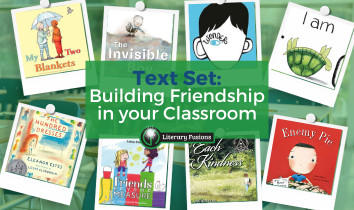
Theme/Topic:
Friendship
Why We Chose This Theme/Topic:
Friendship is a fundamental aspect of human experience that shapes our interactions and emotional well-being. Teaching about friendship helps students understand the value of kindness, empathy, and cooperation. By exploring this theme, we can foster a classroom environment where students learn to build meaningful connections, resolve conflicts, and support one another. Plus, it’s a topic that naturally engages students, making learning both enjoyable and impactful.
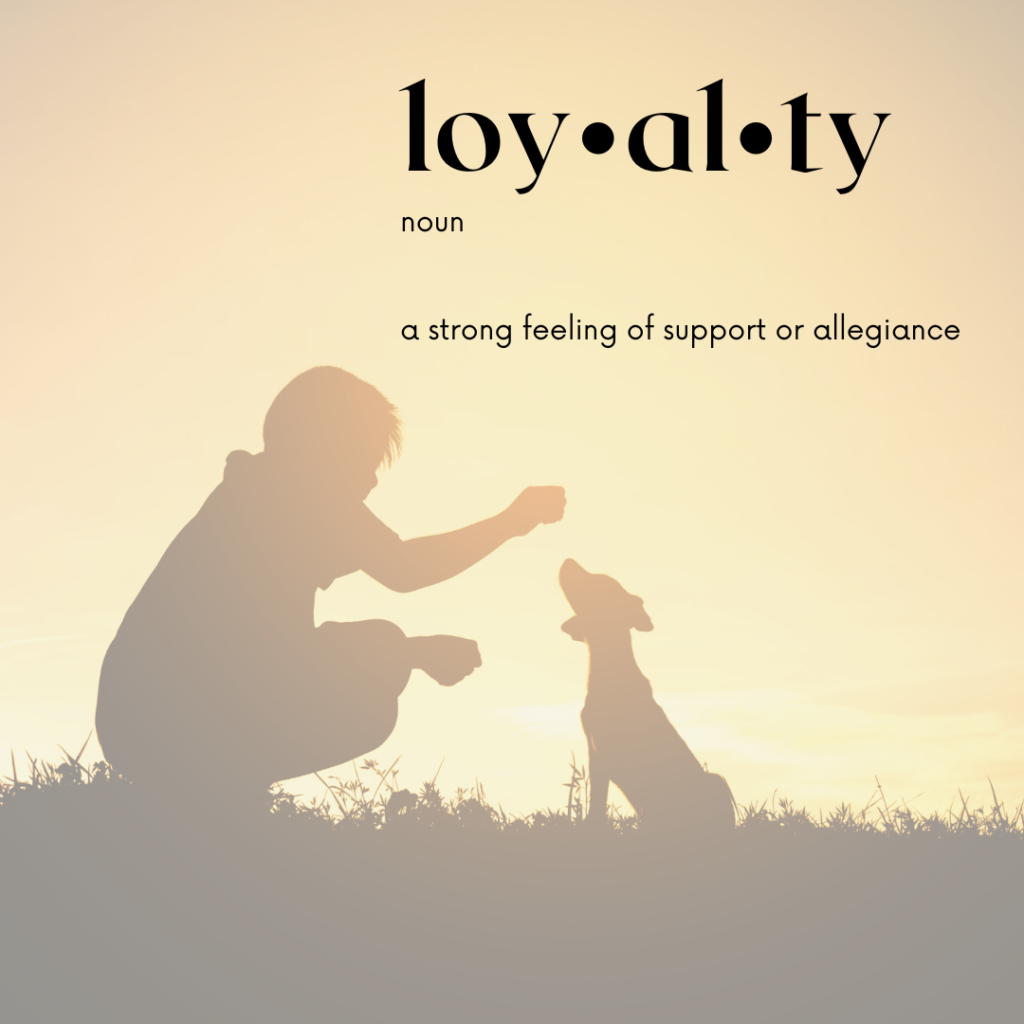
Vocabulary
- empathy
- loyalty
- compassion
- trust
- support
- respect
- kindness
Teaching Ideas:
- Friendship Qualities Chart: Create a classroom chart listing the qualities of a good friend. Have students brainstorm and add qualities such as kindness, honesty, and loyalty. Discuss examples from their own lives and from the texts read.
- Wanted Poster for a Good Friend: Have students create “Wanted” posters that describe the qualities of a good friend. They can draw pictures and write descriptions that highlight attributes like trustworthiness, empathy, and fun-loving nature.
- Friendship Bulletin Board: Set up a bulletin board where students can post profiles of characters from the books read, labeling them as “Good Friends” or “Bad Friends.” Students should provide evidence from the text to support their decisions, promoting critical thinking and text analysis.
- Friendship Garden: Create a “Friendship Garden” where each student plants a paper flower. On each flower, they write or draw an act of friendship they performed or received. This visual display grows over time and shows the impact of kind actions.
Essential Questions for the Unit:
- What qualities make someone a good friend?
- How can we resolve conflicts in a friendship?
- Why is empathy important in maintaining friendships?
- How do friendships change and grow over time?
Cross-Curricular Connections:
- Language Arts: Write letters to friends, create friendship poems, or read and discuss stories about friendship.
- Social Studies: Explore the concept of community and how friendships contribute to a healthy community.
- Art: Have students create art projects that represent their friendships or illustrate scenes from stories about friendship.
- Science: Discuss the science of emotions and how understanding our own feelings can help us be better friends.
Grade Levels: 3-5
Texts Chosen:


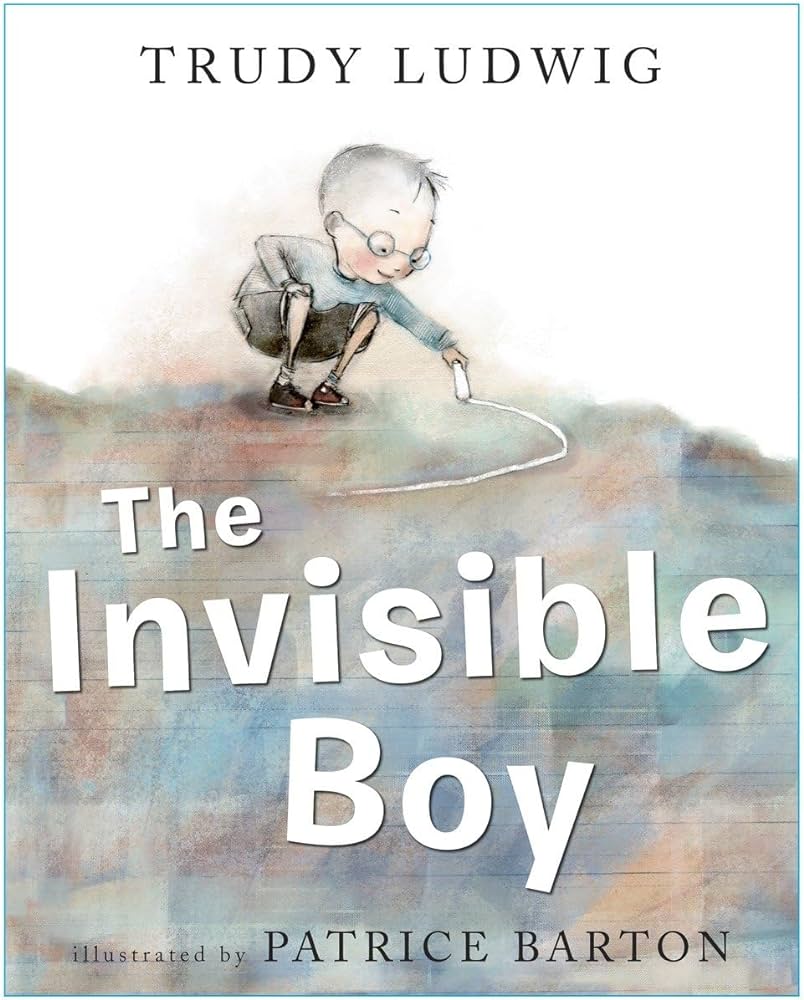
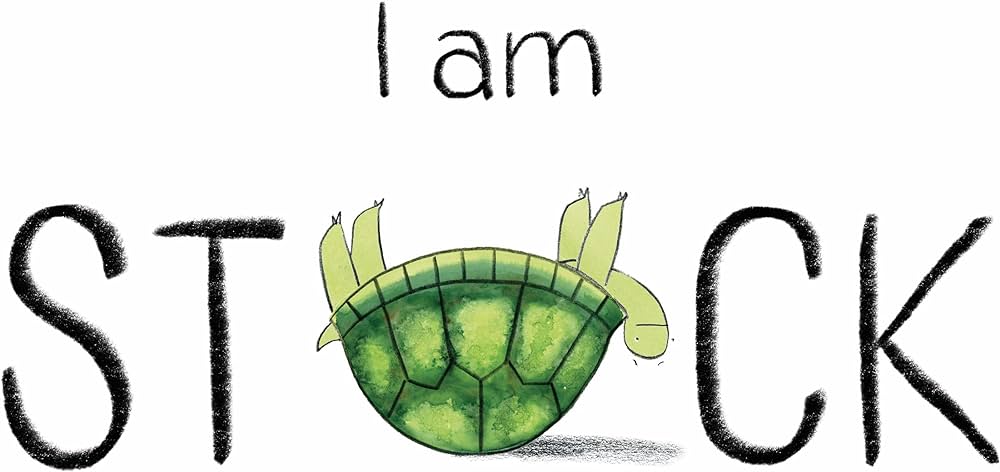
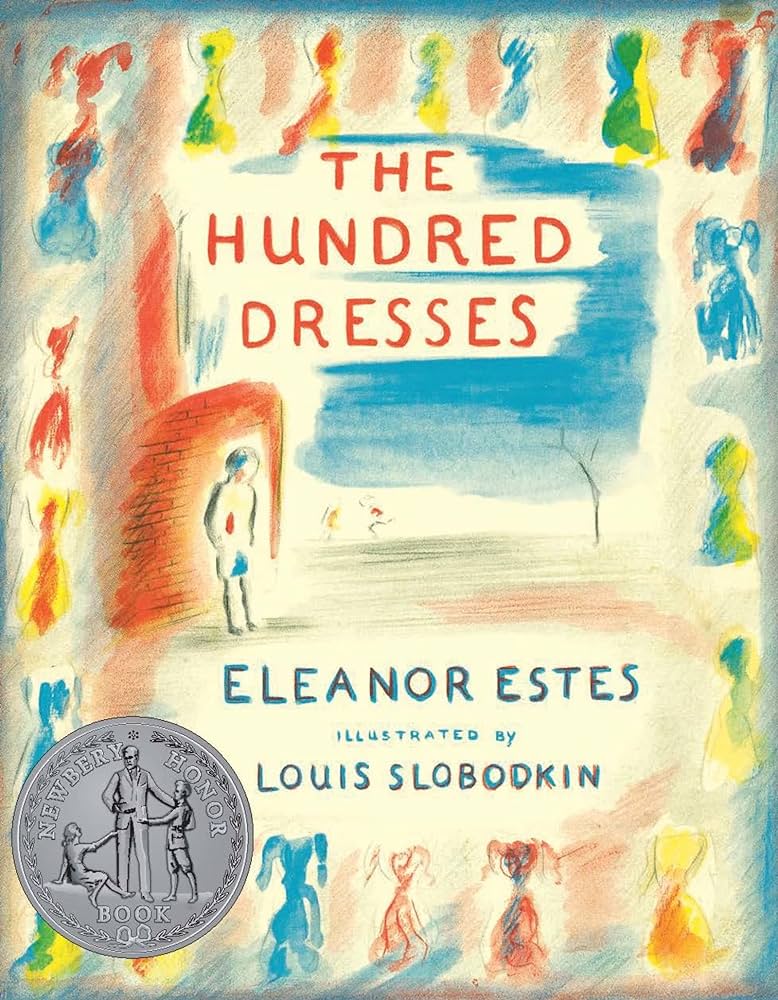
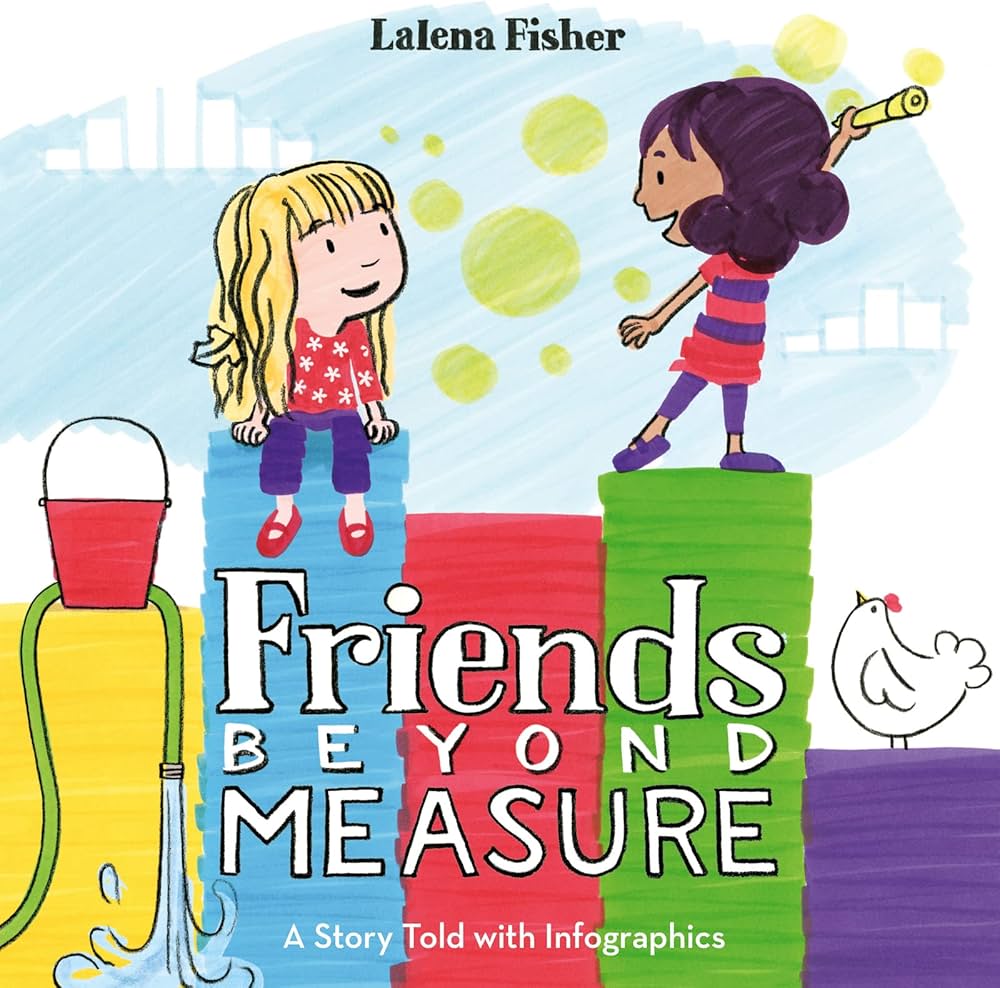
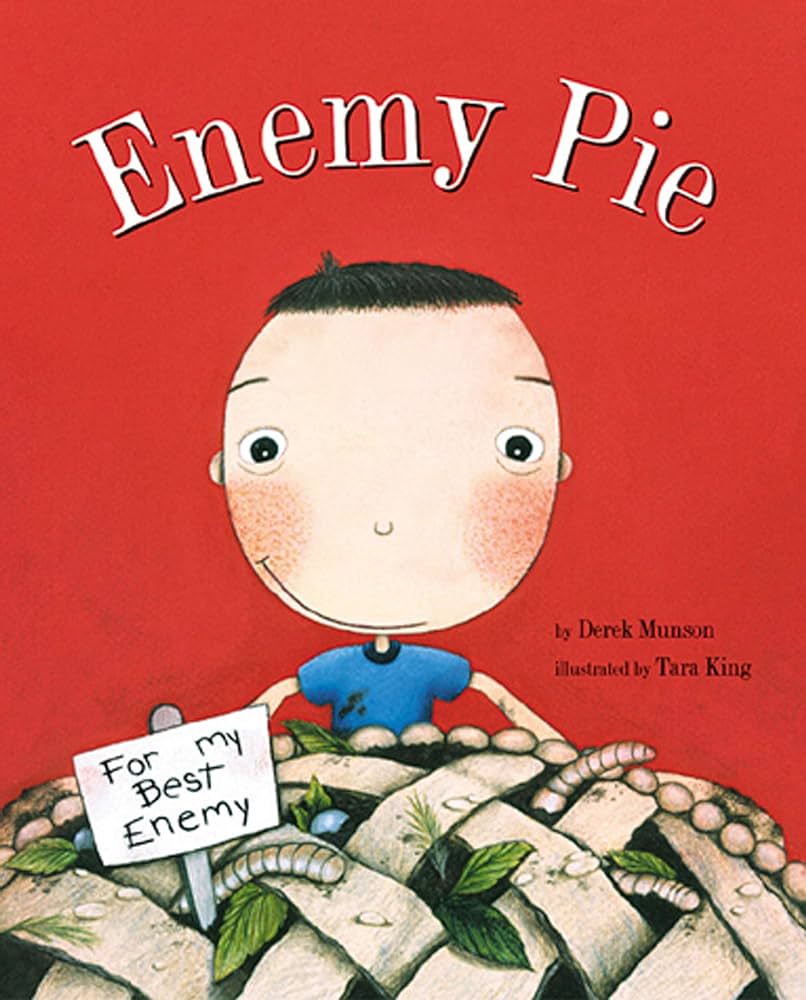

- Wonder by R.J. Palacio
- Brief Description: Auggie, a boy with a facial difference, navigates friendships and acceptance at school.
- Connection to the Theme: Explores themes of acceptance, empathy, and the courage it takes to be a good friend.
- Teaching Ideas: Discuss the qualities of true friendship and create a class project promoting kindness and acceptance.
- The Hundred Dresses by Eleanor Estes
- Description: A story about a girl named Wanda who is teased by her classmates, and the realization of friendship and empathy that follows.
- Connection: Highlights themes of bullying, empathy, and the impact of our actions on others.
- Teaching Ideas: Role-play scenarios of standing up for friends and discuss how empathy can prevent bullying.
- Enemy Pie by Derek Munson
- Description: A boy learns about friendship and overcoming prejudices with the help of his dad’s “enemy pie.”
- Connection: Shows how understanding and spending time with others can turn enemies into friends.
- Teaching Ideas: Create “friendship pies” with ingredients like kindness, trust, and fun activities to help students bond.
- Each Kindness by Jacqueline Woodson
- Description: A powerful story about the impact of our actions on others and the missed opportunities for kindness.
- Connection: Emphasizes the importance of small acts of kindness and their ripple effects.
- Teaching Ideas: Have students write about a time they showed kindness and the impact it had on others.
- My Two Blankets by Irena Kobald
- Description: A story about a girl named Cartwheel who moves to a new country and finds comfort and friendship in a new friend.
- Connection: Highlights themes of cultural diversity, inclusion, and the comfort of friendship.
- Teaching Ideas: Discuss how making new friends can help us adapt to new situations and create projects about welcoming new students.
- The Invisible Boy by Trudy Ludwig
- Description: A story about a boy named Brian who feels invisible until a new student helps him feel seen and valued.
- Connection: Explores themes of inclusion, friendship, and the power of reaching out to others.
- Teaching Ideas: Create a “Friendship Wall” where students write compliments and encouraging notes to each other.
- I Am Stuck by Julia Mills
- Description: A story about how to navigate frustrating emotions. It explores how tough emotions can make us feel stuck and offers practical advice on how to get unstuck, including using your senses, talking about it, and taking a deep breath.
- Connection: Addresses the importance of understanding and supporting friends during tough times.
- Teaching Ideas: Have students share times they felt “stuck” and how friends helped them, promoting empathy and emotional intelligence.
- Friends Beyond Measure by Lalena Fisher
- Description: This story celebrates the unique and immeasurable aspects of friendship through the lens of two close friends.
- Connection: Highlights the special, often immeasurable qualities that make friendships unique and valuable.
- Teaching Ideas: Create a project where students measure and graph different acts of friendship, illustrating the various ways friends support one another.
By integrating these engaging and diverse texts into your classroom, you can create a rich and meaningful exploration of friendship. These stories, paired with interactive and reflective activities, will not only captivate your students’ interest but also foster a deeper understanding and appreciation of what it means to be a good friend. Let’s empower our students to build bridges of friendship, creating a supportive and connected classroom community. Together, we can achieve great things!




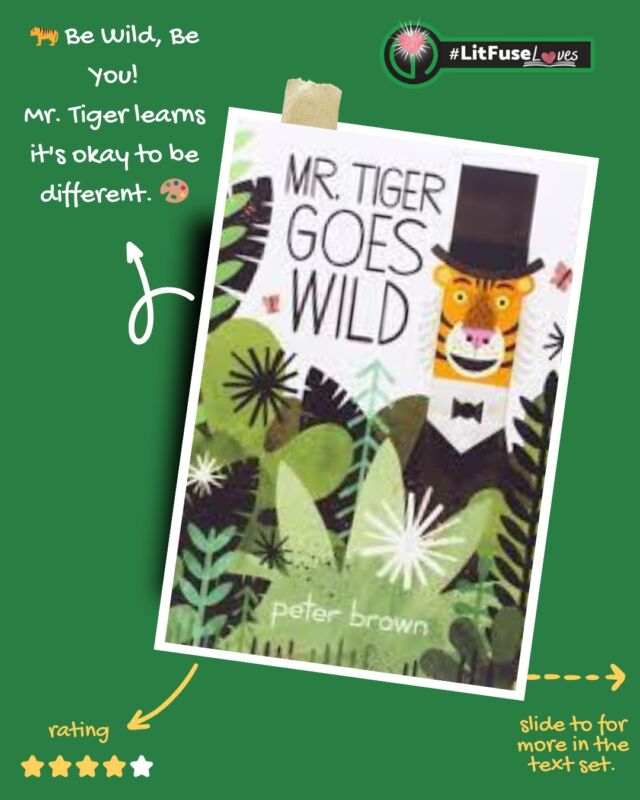
 Building Bridges: Creating a Text Set on Frie
Building Bridges: Creating a Text Set on Frie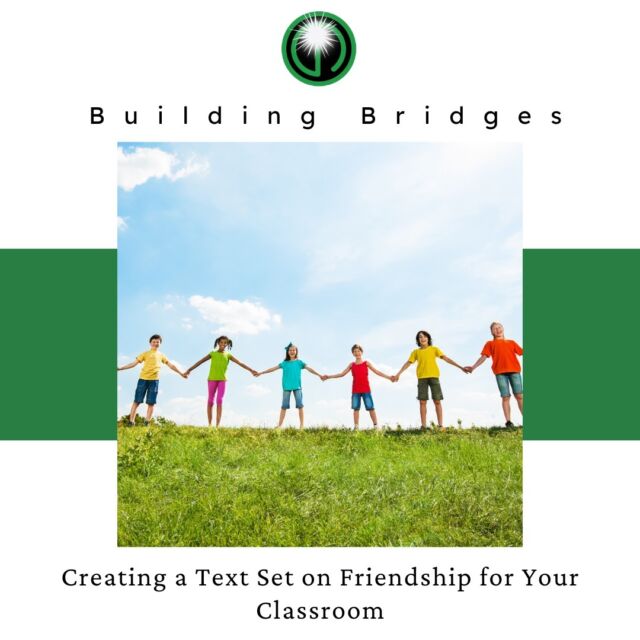

 Hey, amazing educators!
Hey, amazing educators! ![🌟 Hey, amazing educators! 🌟 Ready to kick off the school year with an engaging unit on rules and laws? 📚✨
We’ve picked some fantastic books to help your students understand why rules matter and how they shape our world. Check out these gems:
1️⃣ What If Everybody Did That? - Discover the hilarious and important reasons why rules matter.
2️⃣ Seven Rules You Absolutely Must Not Break If You Want to Survive the Cafeteria - Navigate the cafeteria with essential do's and don'ts.
3️⃣ A Bike Like Sergio's - Explore honesty and making the right choices.
4️⃣ Chairs on Strike - Learn about respecting classroom rules in a fun way.
5️⃣ Do Unto Otters: A Book About Manners - Embrace the Golden Rule with our otter friends.
🌟 Want more hands-on activities, vocabulary tips, and detailed descriptions of these books? Head over to our blog post for the full text set and loads of interactive teaching ideas! 🌟 [Link in bio]
💬 We’d love to hear your thoughts! Drop a comment below with your favorite book or share your own ideas on teaching rules and laws. Don’t forget to like and share this post with your fellow educators! Let’s make learning fun and meaningful together! 💖📖
#LiteracyAndLearning #RulesAndLaws #ElementaryEducation #BookRecommendations #ClassroomTips #EngagingLearning #StudentSuccess #TeacherResources](https://literaryfusions.com/wp-content/uploads/sb-instagram-feed-images/448980028_389914004085978_6215087207340322911_nfull.jpg)
 Exciting Book Review Alert!
Exciting Book Review Alert! ![📚 Exciting Book Review Alert! 📚
Hey there, book lovers and educators! 👋 We're thrilled to share a captivating book review that has us buzzing with inspiration. 🤩📖
📖 Book: "The Girl in the Red Skirt" by Lucy Cooley
📝 Review: [Link in Bio]
🌟 Rating: ⭐⭐⭐⭐⭐
In our pursuit of enhancing literacy and technology best practices in classrooms, we're always on the lookout for stories that ignite a love for reading and learning. "The Girl in the Red Skirt" is a must-read that masterfully combines the art of storytelling with an enchanting narrative.
📚 Review Highlights:
🔥 Gripping narrative that keeps you turning pages
🧠 Thought-provoking themes perfect for classroom discussions
💡 High level vocabulary
🙌 Empowering young minds through literacy
Swipe to catch a glimpse of the review or click the link in our bio to dive deeper into this literary gem. 📲💫
Educators, if you're looking for engaging material to inspire your students, this book is a fantastic addition to your reading list. 📚🍎
Let's transform the future of education together! 💡 If you're interested in our education consultancy services, feel free to reach out. We're here to help schools create enriching learning environments. 🏫👩🏫👨🏫
#LiteracyMatters #TechnologyInEducation #BookReview #EducationConsultants #ClassroomInnovation #TheGirlInTheRedSkirt #InspireLearning #ReadAndGrow #EducationForTheFuture](https://literaryfusions.com/wp-content/uploads/sb-instagram-feed-images/382394110_283049717946553_1109139895454642258_nfull.jpg)
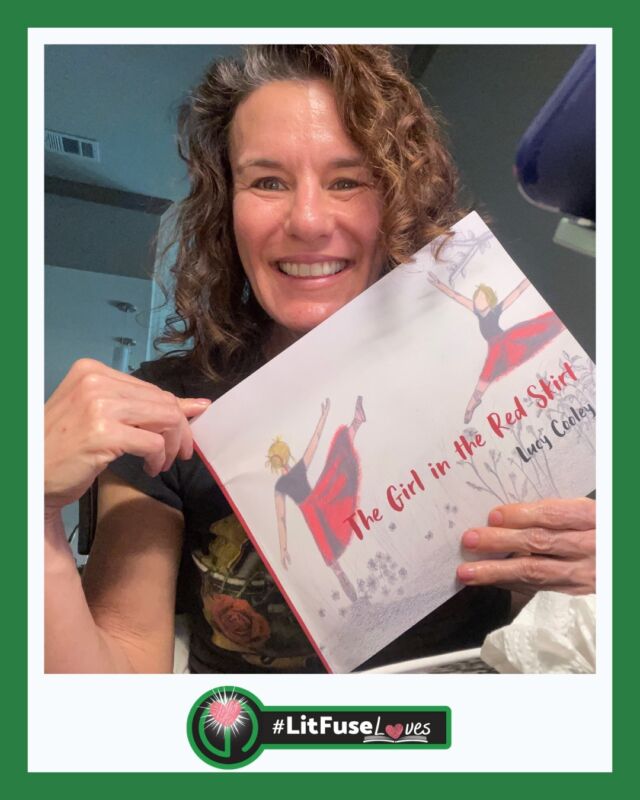

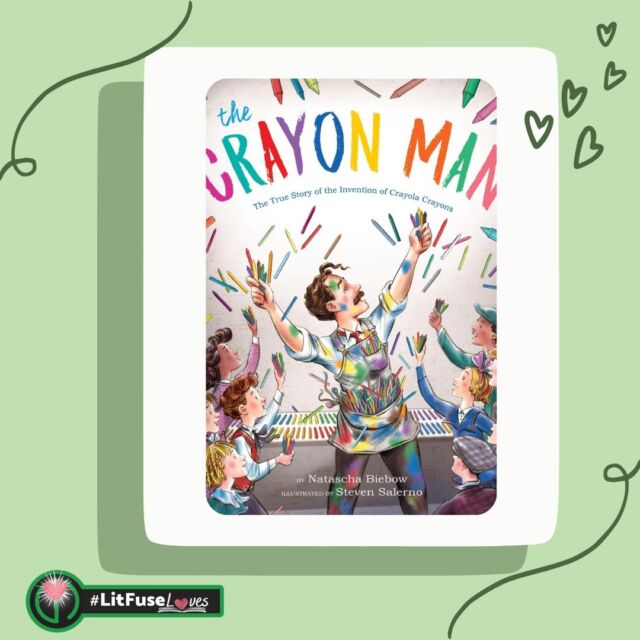

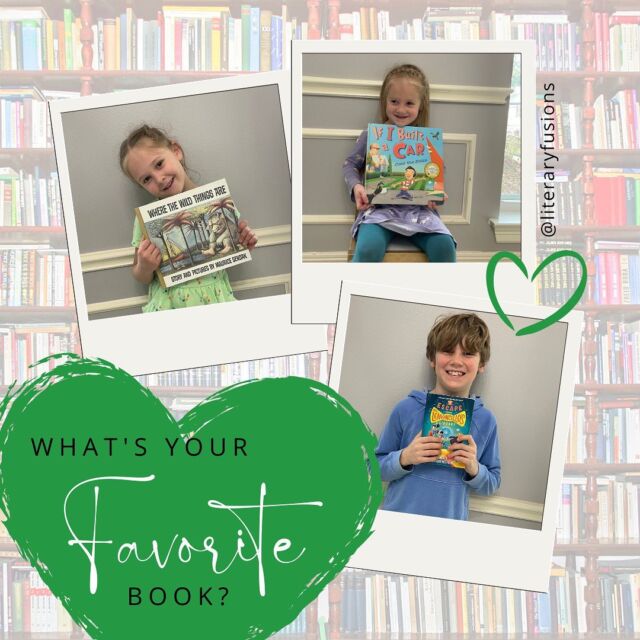



Leave a Reply